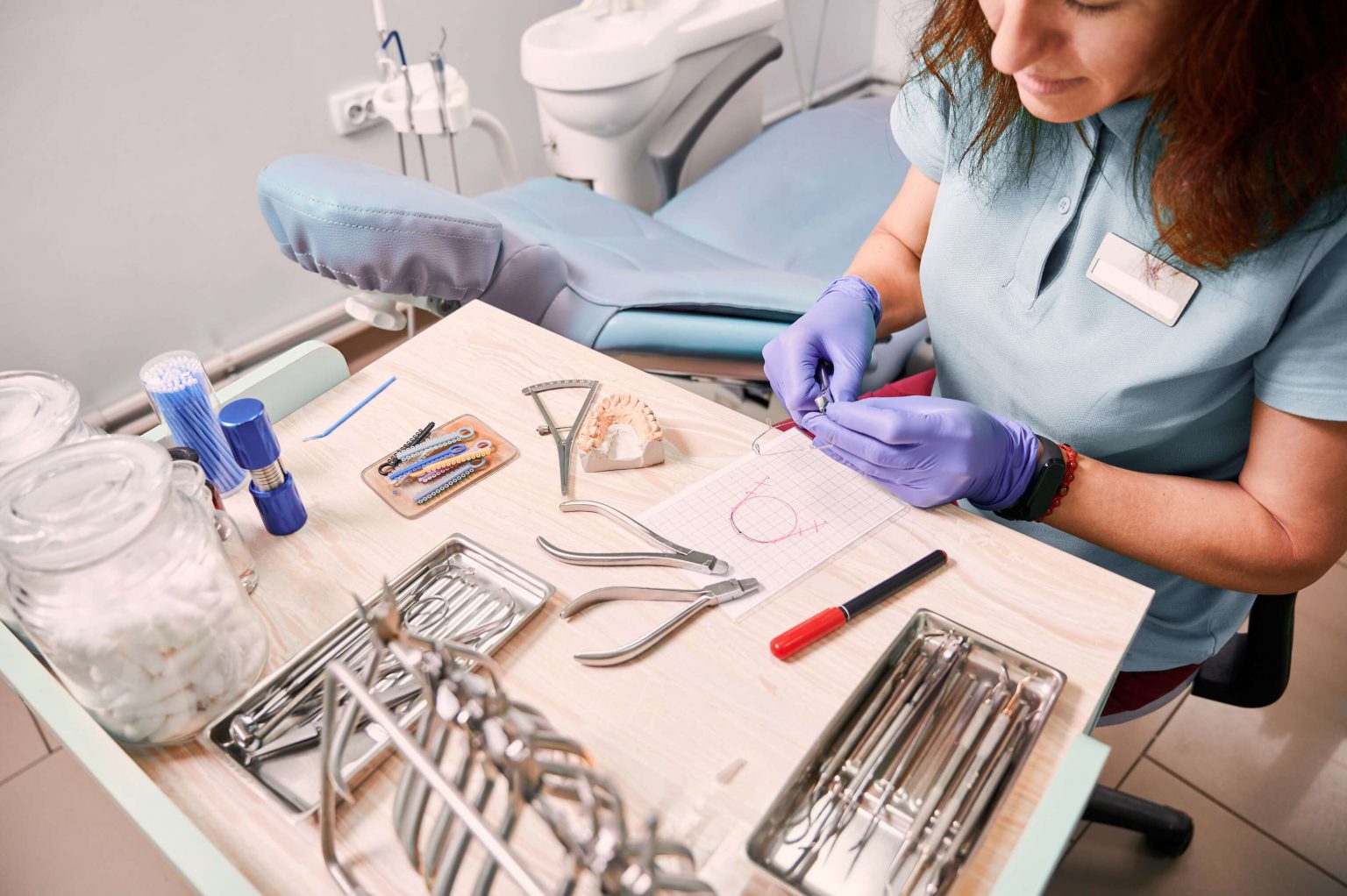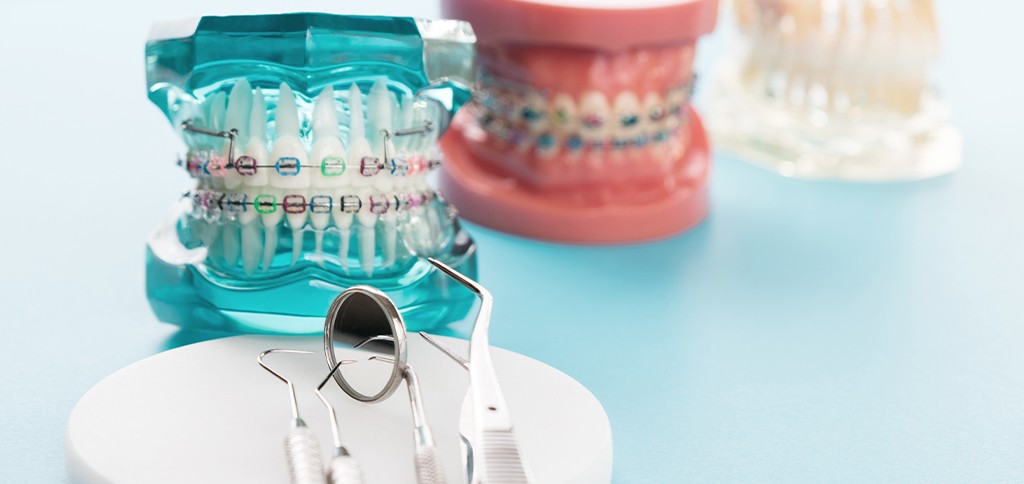Why Getting the Right Dental Impression Material Matters
The quality of your dental impression materials directly impacts the fit, function, and longevity of crowns, bridges, implants, and more.
Choosing the right material isn’t just about personal preference—it’s about balancing dimensional stability, accuracy, handling characteristics, and patient comfort to ensure predictable results every time.
This guide covers the key factors to consider when selecting impression materials, common pitfalls to avoid, and how to match materials to real-world clinical situations.
What to Look for When Choosing Dental Impression Materials
Selecting impression materials goes beyond grabbing what’s familiar. To find the right fit, you need to consider the entire clinical environment—patient factors, procedure type, and even lab preferences.
Here’s what matters most:
Dimensional Stability
Impressions must maintain accuracy during disinfection, storage, and pouring.
Materials like polyether and addition-cured silicones (PVS) excel in preserving fine detail over time.
Hydrophilicity
Moisture management is critical during impressions.
Polyether materials naturally perform better in wet conditions, while some hydrophilic-enhanced PVS products bridge the gap.
Tear Strength
Deep margin captures and subgingival preparations require materials that can flex without tearing.
High tear strength reduces the risk of pulling defects at critical margins.
Working and Setting Times
Look for a working time that provides flexibility for tray seating without feeling rushed.
Fast-set options are excellent for routine cases but may require precision under pressure.
Rigidity
For cases like multi-unit implant impressions, you need materials that resist distortion during tray removal and pouring.
Polyether offers excellent rigidity; PVS offers more flexibility options depending on formulation.
Matching Impression Materials to Real-World Clinical Scenarios
Choosing based on material alone misses the full picture. Here’s how to match your material to your case:
Clinical Situation | Best Material Choice |
Crowns and Bridges with Deep Margins | Polyether or hydrophilic-enhanced PVS |
Full Arch Impressions | PVS for excellent dimensional stability |
Multiple Implants | Rigid Polyether or Heavy-Body PVS |
Moist Working Field | Polyether or Hydrophilic PVS |
Mobile Soft Tissue (Edentulous Cases) | Polyether or Alginate for preliminary models |
Tight Working Space (Limited Mouth Opening) | Medium-Body or Flexible PVS |
Popular Impression Material Types: Pros, Cons, and Best Uses
Before you choose an impression material, it’s important to understand what each type brings to the operatory—not just in terms of chemistry, but also in how it supports clinical outcomes, efficiency, and patient comfort. The right choice can reduce remakes, streamline workflows, and protect margins.
Vinyl Polysiloxane (VPS/PVS)
Strengths:
· Outstanding dimensional stability, often retaining accuracy for days after taking the impression
· High tear strength, making it well-suited for capturing deep subgingival margins
· Flexible working and setting times—many formulations come in regular- and fast-set options
· Ideal for precision work like crowns, bridges, veneers, and implant-supported prosthetics
Considerations:
· PVS is naturally hydrophobic, which can make it challenging in moist environments or when isolation is difficult
· Newer hydrophilic-modified PVS formulations help overcome this limitation but require proper technique to maximize results
· For best outcomes, use with dry-field isolation and carefully selected trays
Best for:
Clinicians who need high precision in dry or well-isolated environments, especially for fixed prosthodontics. Check out our comprehensive collection of Vinyl Polysiloxane products and find exactly what you need.
Polyether
Strengths:
· Naturally hydrophilic, offering superior performance in the presence of saliva or blood
· Highly rigid, making it an excellent choice for impressions requiring absolute dimensional accuracy
· Extremely effective for implant-level impressions, full-arch reconstructions, and cases where marginal accuracy is paramount
Considerations:
· The rigidity that supports accuracy can also make tray removal difficult, especially in patients with deep undercuts
· Best paired with a custom or rigid tray to reduce distortion and improve patient comfort
· Typically more expensive, but often worth the investment in complex restorative work
Best for:
Clinics managing high-risk or moisture-heavy cases, full-arch reconstructions, and implant prosthetics that demand zero distortion. Whatever your needs, we have the right polyether products for the job.
Alginate
Strengths:
· Budget-friendly and easy to mix
· Excellent for preliminary impressions, study models, bleaching trays, and orthodontic appliances
· Fast setting and high patient tolerance due to its relatively short intraoral time
Considerations:
· Poor dimensional stability—alginate impressions must be poured within 15–30 minutes for optimal accuracy
· Cannot be disinfected as aggressively as other materials without compromising the structure
· Limited application in restorative cases where margin detail is critical
Best for:
Routine use in diagnostic models, removable appliances, and non-definitive procedures where cost and speed are key factors. When it comes to speedy and easy, we have the alginate products you need no matter the unique case.
Polysulfide
Strengths:
· Exceptional tear strength, allowing it to flow into deep sulci without tearing upon removal
· Long working time provides ample opportunity for complex tray seating and adjustments
· Good elasticity, suitable for undercut areas and cases involving mobile soft tissue
Considerations:
· Longer setting time (8–10 minutes) and messy handling make it less convenient than modern alternatives
· Often requires a custom tray and a high level of operator skill
· Less commonly used today due to the rise of PVS and polyether options
Best for:
Clinicians still trained in polysulfide’s use or those working in environments where advanced hydrophilic PVS or polyether is unavailable and high tear strength is essential.
Net32 has a comprehensive catalog of dental impression materials available for whatever your specific practice might need. When you create an account with us, you can even set up Auto Orders, so you can have peace of mind you have the right materials for your patients.
Common Mistakes to Avoid When Choosing Impression Materials
Even small errors can lead to big problems. Avoid these frequent pitfalls:
Using alginate for crown and bridge work: The instability risks remake costs and patient dissatisfaction.
Selecting overly rigid materials for mobile tissue: Can distort soft tissue impressions.
Ignoring working time limits: Fast-set materials left too long can seat incorrectly, compromising fit.
Choosing hydrophobic materials in wet fields: Leads to voids, bubbles, and open margins.
Smart material selection saves time, money, and frustration—for you and your patients.

Frequently Asked Questions
What impression material is best for implants?
Rigid polyether or heavy-body PVS materials are ideal for implant impressions, where minimizing distortion is critical.
Does moisture really affect impression quality?
Yes. Moisture can prevent materials from properly capturing margins. Polyether and specially formulated hydrophilic PVS perform better in wet environments.
How long can I wait to pour an impression?
PVS impressions can often be poured within several days without accuracy loss if properly stored. Alginate must be poured within 15–30 minutes for best results.
Is faster setting always better?
Not always. While fast-set materials improve chair turnover, they require precise technique. For large cases or complex impressions, regular-setting options provide more control.
How to Choose Impression Materials That Support Your Success
Choosing the right dental impression material isn’t about picking the trendiest option—it’s about matching the material’s properties to your clinical demands and patient needs.
When you understand the material's behavior, you can consistently deliver restorations that fit, function, and last.
Explore trusted online dental impressions and dental mixing material tips at Net32’s online dental marketplace, where modern practices find quality and value in every order.









